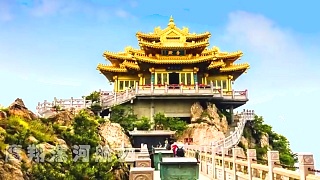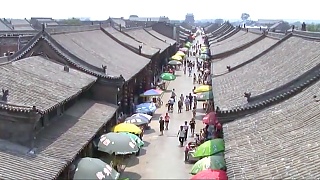How to find your mojo / be in the zone, by not trying too hard, letting go and living in the now.
Don't get stuck in the past, and future thoughts. Be alive, now.
That's Wu Wei - 'without effort' : without preconception, or desire.
With Einzelgänger ...
[640],shadow=true,start=,stop= Wu Wei – how to stop getting in your own way
Wu Wei – how to stop getting in your own way






















